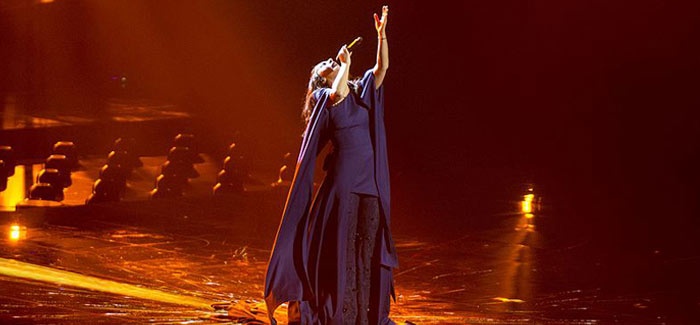Well, then, who was expecting that? The UK general election, called by Prime Minister Theresa May to secure a greater mandate ahead of Brexit negotiations, has ended in a hung parliament, meaning no party has an overall majority in the House of Commons.
The result goes against weeks of polling which gave the Conservatives a clear lead over Labour, with only a few much-derided polls from YouGov and Survation on the eve of the election correctly predicting the result. So, what happened?
Many political journalists and commentators were quick to suggest the shock in results was down to a higher turnout from young voters. Although a figure of 72% turnout from 18-24-year-olds spread quickly in the media, Buzzfeed have reported it’s yet to be proven, and may be incorrect.
What is clear is that Labour made notable gains in areas of the UK with a strong student population. Sheffield and Canterbury, the latter of which was won by Labour for the first time ever, are both student-heavy areas and saw a surge in registrations from young people. According to Conservatives, 8,000 new voter registrations occurred in Canterbury, while turnout was up by 7%. The seat was ultimately won by Labour’s Rosie Duffield by just 187 votes. On a national scale, polling expert Professor John Curtice said: “The marked difference in the popularity of the parties by age has emerged in the election results. In those seats where less than 7% of people are aged between 18 and 24 the swing to Labour is 2.5%. In those where over 10% of the population is aged between 18 and 24 the swing to Labour is 4%.” Votes for Liberal Democrats, a vocally anti-Brexit party, have also increased in some student areas.
Over the previous three elections, youth turnout has hovered around the 40% mark. While it remains to be seen the extent to which it increased this year, there are clear indications that students and other young people, often mocked as lazy and apathetic, have had a demonstrable impact. For months, Labour leader Jeremy Corbyn has courted younger voters, promising free university tuition, doing interviews with grime stars and appearing in magazines such as NME and Kerrang. His brand of honest, straight-talking politics and left-wing idealism has captured the imagination of many first-time voters, as evidenced by the large crowds Corbyn has attracted to rallies around the country, in a manner reminiscent of Bernie Sanders in the US.
What happens now?
Well, that’s a good question. The most likely answer is some form of coalition between the Conservatives and the Democratic Unionist Party (DUP) in Northern Ireland. This would provide an overall majority and allow Theresa May to continue as Prime Minister, although whether she’s able to continue for long after such a humbling defeat remains to be seen.
If this does happen, it’s unlikely to produce the outcome many young people were hoping for, although the relief that it’s not a strong Conservative majority no doubt feels like a victory. However, this does mean no free university tuition and potentially no changes to the Brexit negotiating strategy preferred by the Tories.
One thing’s for certain: an emboldened and rejuvenated Labour party, boosted by a surge in seats and popularity, will relish every battle with the Conservatives on the road ahead.
What are your thoughts on the election? Join in the discussion in our forum.







